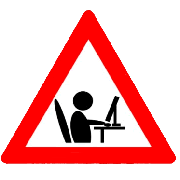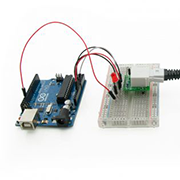Things to know
This is not an all-inclusive tutorial for working with Arduino, there is plenty of good stuff on the net. To take advantage of the material here, there are some things you should know, or at least know enough to get started (such as C, you don't have to be a C programmer, but you should have a basic idea of what it is!). I have included links to this background information on the "Getting Started with Arduino" page

Getting Started with Arduino

Getting Started with Arduino

Programming Style

Programming Style

How the I2C interface works

How the I2C interface works

Decoding Text Strings
Example using NMEA sentences

Decoding Text Strings
Example using NMEA sentences
Projects

Redirect Arduino output using Poweshell

Redirect Arduino output using Poweshell

Honeywell HMC5883L 3-Axis Digital Compass

Honeywell HMC5883L 3-Axis Digital Compass

Analog Devices ADLX335 3-Axis Analog Accelerometer

Analog Devices ADLX345 3-Axis Accelerometer

Bosch BMP085 Pressure and Temperature Chip

Bosch BMP085 Pressure and Temperature Chip

Vernier Sensor Interface

Vernier Sensor Interface

Ultrasonic water Water-level recorder

Ultrasonic water Water-level recorder
Coming Soon

Internet Access (Hardwire and Wireless)

Internet Access (Hardwire and Wireless)

Wireless Communication with XBee Radios

Wireless Communication with XBee Radios
